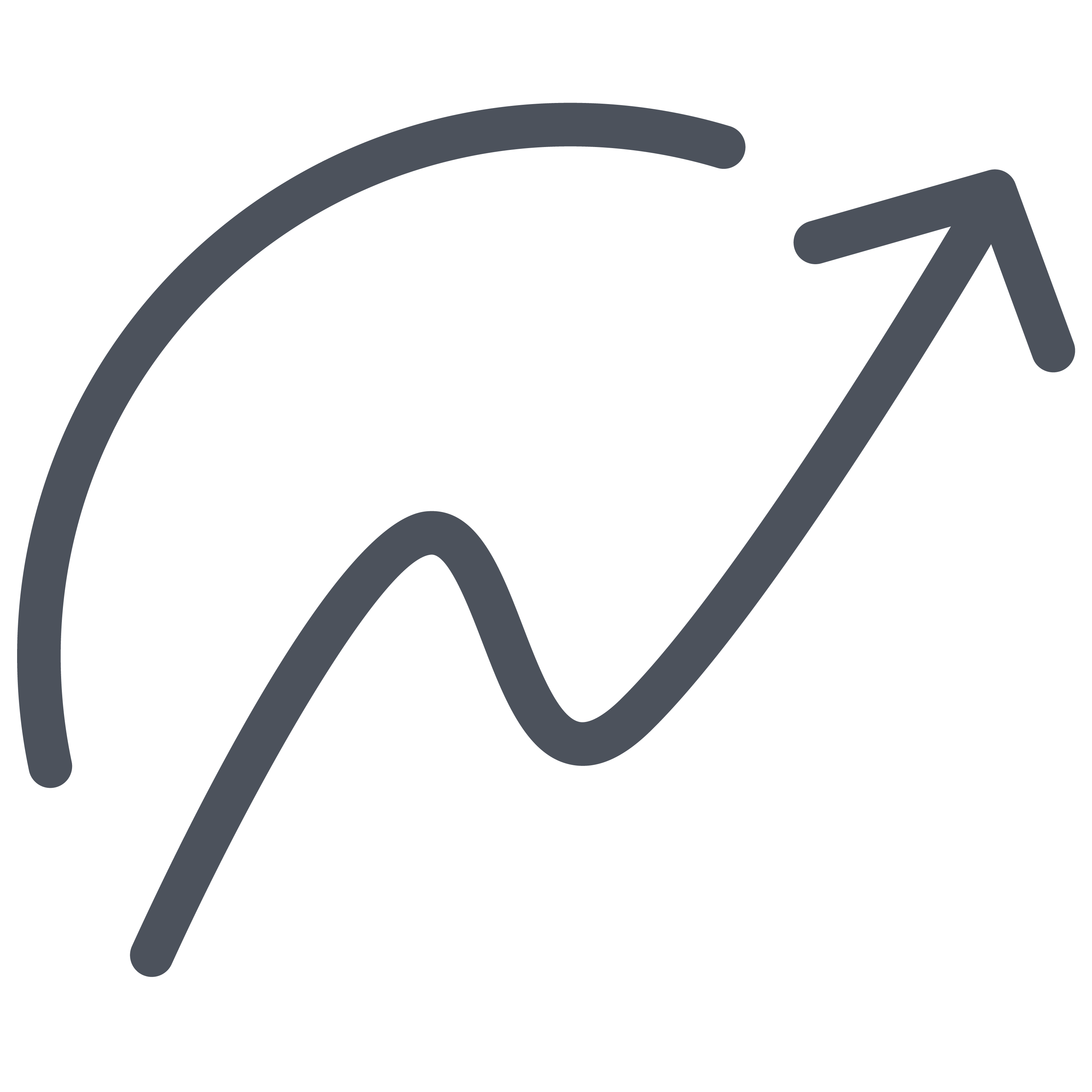Flexible time
Flexible work means being there for your clients and having contact outside of scheduled appointments, at times when it's necessary. For clients, it's often reassuring to know they can reach out to their therapist outside of planned sessions as well.
When do I schedule flexible time?
You can arrange or allocate your flexible time yourself, for example, two half-hour slots, one in the morning and one in the afternoon.

What do I do in my flexible time?
As a therapist, you can determine based on your expertise and experience what each client needs (and how often). For inspiration, you could:
- View dashboard
- Respond to chat messages or client inquiries
- Send a chat message with encouragement
- Share an article or blog that is relevant to your client
- Review client registrations
- Have brief video calls when necessary
- Respond to deviations you observe in Tracker graphs
When do I do what?
Trackers:
- Negative deviation: Check in with the client as needed.
- Positive deviation: If necessary, acknowledge the positive trend you have observed
Exposure exercise:
- Send encouragement or well-wishes beforehand
- Give a compliment afterwards or ask how it went
Check In:
- Offer words of encouragement or indicate that you'll discuss it in the next session.
- Prolonged low mood: Ask how they're doing and point out learned techniques and activities that can be used during a low mood, such as a Thought Record or activation strategies.
- Elevated mood: Prompt the client to reflect by asking what contributes to their positive feelings.
Failure to complete agreed-upon homework exercise:
- Indicate that you haven't seen the exercise yet
- Ask if there are any questions about the exercise
- Send encouragement
For a client who asks a lot of questions, records a lot, or makes extensive demands:
- Set boundaries with the client as early as possible in the treatment
- Explain what the client can expect in terms of your availability
- Ask the client to prioritize or make a selection of the most important issues to discuss (or make this selection yourself)
How often?
At the start of the treatment, clients might require more encouragement or attention compared to the end of the treatment. For instance, you could send chat messages to your client twice a week in the beginning. As the treatment progresses, you can gradually decrease this frequency, perhaps to once a week. The key is to always assess what your client needs.
